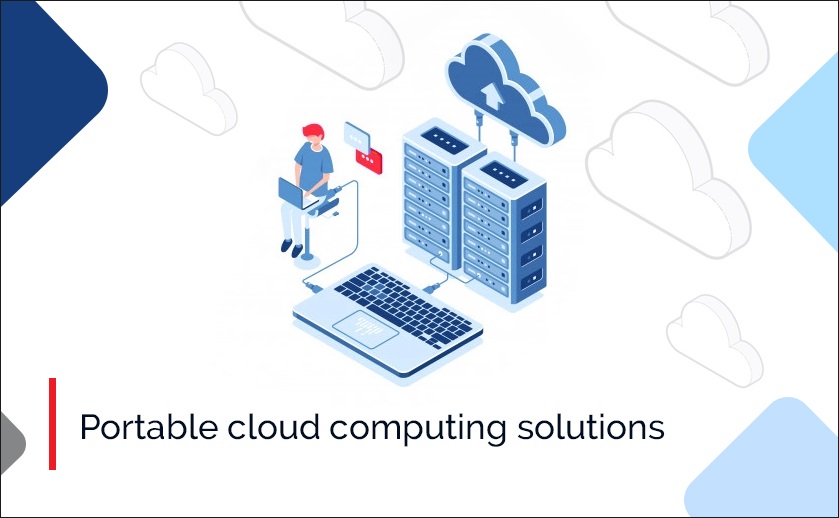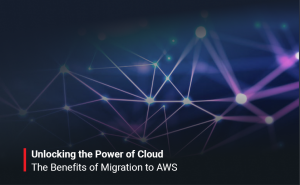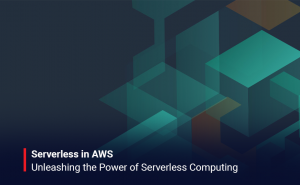As more and more organizations opt for digital transformation journeys and cloud computing solutions to boost their business, newer and updated solutions have come up as well. One of these innovative solutions is the use of multi-cloud services. In simple terms, multi-cloud is the utilization of cloud services from multiple cloud vendors- e.g: Workday & Salesforce. In a typical enterprise, the multi-cloud strategy pertains to the deployment of enterprise applications on infrastructure-as-a-service (IaaS) or platform-as-a-service(IaaS) from multi-cloud service providers like IBM Cloud, Amazon Web Service (AWS), Microsoft Azure, and Google Cloud Platform.
The multi-cloud solution is a cloud computing solution that is mobile across the cloud infrastructures of multi-cloud providers. Multicloud solutions are generally developed on open-source, cloud-native tech like Kubernetes, which is compatible with all public cloud providers. Generally, these solutions also have features for handling workloads across multiple clouds with a single pane of glass or the central console.
Many of the prominent cloud providers and the cloud solution providers like VMware, provide multi-cloud solutions for data warehousing, compute infrastructure, development, artificial intelligence (AI) and machine learning (ML), cloud storage, business continuity, disaster recovery, and more.
Advantages and value of multi-cloud services
The overall value of multi-cloud services to the organization is that it eliminates ‘vendor lock-in, i.e., performance issues, unnecessary expenditures, or restricted options due to utilizing a single cloud vendor. An organization enjoys the following benefits from a multi-cloud strategy:
- Decreased vulnerability to unplanned downtime and outages (as an outage on one cloud doesn’t necessarily affect services from other clouds).
- Flexibility to select cloud services from various cloud providers depending on the combination of security, pricing, compliance requirements, performance, and geographical location is ideal for the business.
- The option to speedily adopt “industry-leading” technologies from any vendor, as required or as they launch, rather than restricting customers to whatever functionality or services a single vendor can provide at a said time.
- Decreased exposure to the security, compatibility, licensing, and other hurdles that occur due to “shadow IT”- clients independently opting for cloud services that an enterprise using only one cloud might not provide.
Multicloud management practices
The precondition to enjoying the highest benefits of a multi-cloud architecture is to handle resources and applications across the multiple clouds centrally, treating them like they belong to a single cloud. However, the multi-cloud management has its own set of challenges like:
- Ensuring consistent cloud security & compliance policies across several platforms
- Routinely deploying applications across focused environments (e.g: development, staging, and production) and other hosting platforms.
- Combining and viewing events from monitoring and logging tools to achieve a singular view and compose consistent responses.
Enterprise leverage multi-cloud management tools- or ideally, a multi-cloud management platform- to monitor and handle their multi-cloud deployment like they were a single cloud environment.






